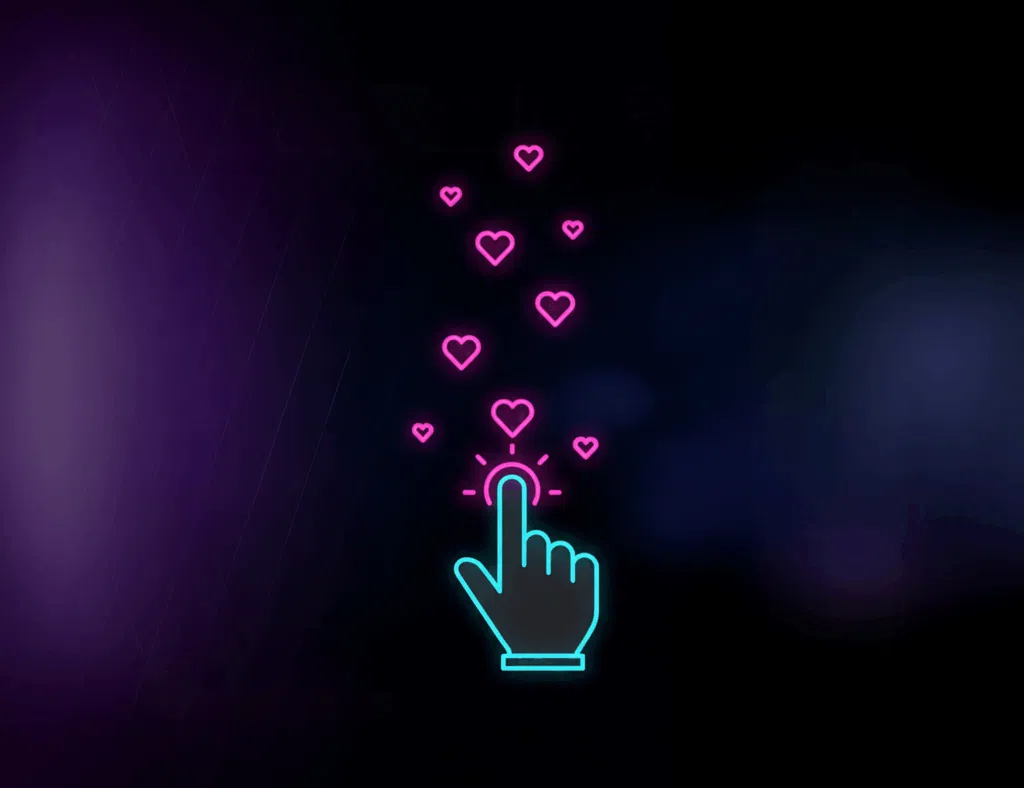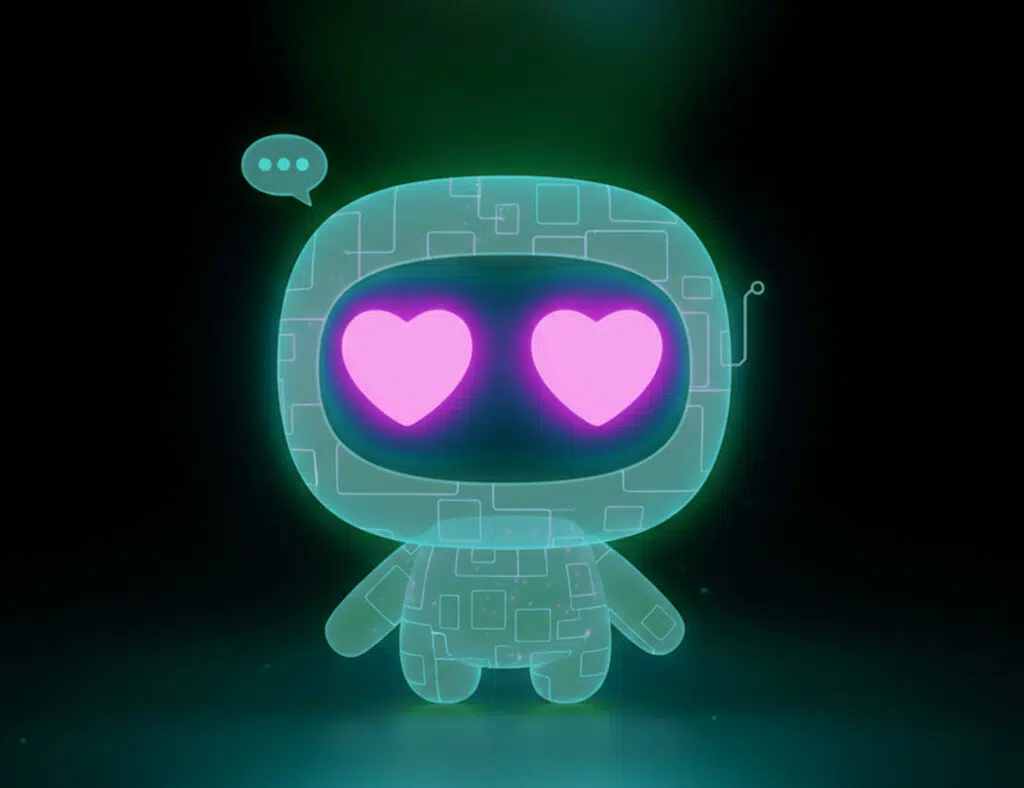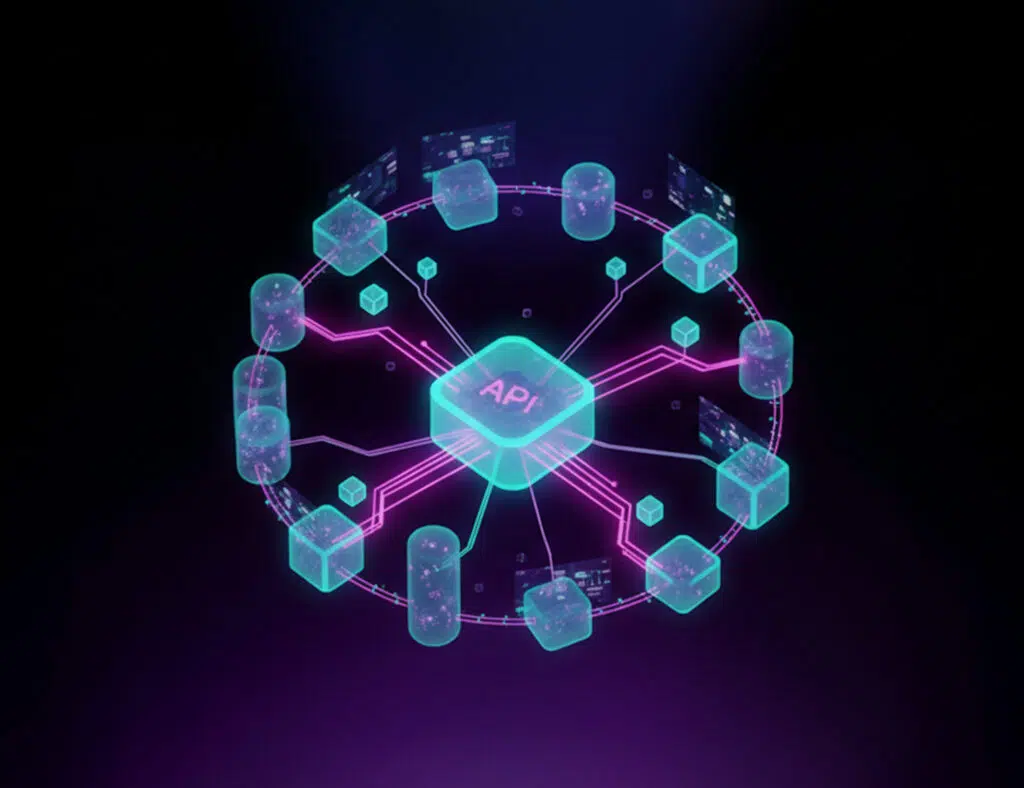For decades, creativity was seen as a uniquely human trait — the ability to imagine, connect ideas, and express emotion through art, writing, or innovation. But a new era has arrived. Generative AI in creativity is changing what it means to create.
From text to music, from design to code, AI-powered tools are not replacing imagination; they are amplifying it. These systems analyze billions of patterns and translate them into new, original outputs — helping humans explore ideas faster, visualize concepts more clearly, and innovate beyond previous limits.
The creative process is no longer confined to inspiration and intuition. It’s now a collaboration between human intention and machine intelligence.
The Rise of Generative AI
Just a few years ago, artificial intelligence was primarily used for automation — predicting demand, optimizing logistics, or processing data. Then came a paradigm shift. The development of generative AI — systems capable of creating new text, images, sounds, and code — turned algorithms into co-creators.
Models like GPT, DALL·E, Midjourney, and Runway have unlocked unprecedented creative potential. By learning from massive datasets, they generate original designs, scripts, visuals, and even musical compositions.
According to McKinsey, the global market for generative AI could exceed $100 billion by 2030, with creativity and content generation among its fastest-growing areas.
As explored in AI Business Transformation: From Automation to Innovation, this evolution marks a shift from efficiency-driven automation to innovation-driven collaboration — where creativity becomes the next frontier of business transformation.
From Automation to Augmentation
Generative AI represents a creative revolution — not because it replaces human talent, but because it expands what humans can do. It allows designers, writers, and developers to explore ideas in seconds that would normally take days to prototype.
A copywriter can generate five angles for a campaign in minutes. A UX designer can visualize dozens of layout variations instantly. A filmmaker can test color palettes and storyboards before even picking up a camera.
This is not automation — it’s augmentation. Humans remain the decision-makers and storytellers, while AI accelerates exploration and provides inspiration. It breaks creative blocks, surfaces unexpected connections, and turns iteration into imagination.
As shown in How Smart Automations Accelerate Tech Team Velocity, smart technology doesn’t replace human input; it enhances it. Generative AI follows that same principle — a partnership between logic and emotion, analysis and artistry.
Creative Applications Across Industries
The impact of generative AI in creativity extends far beyond art studios or marketing departments. It’s transforming industries across the board:
- Marketing and Content Creation: Brands are using AI tools to generate headlines, visuals, and campaigns that adapt to audience sentiment and behavior. Personalized storytelling at scale is now possible.
- Design and Architecture: Generative design platforms can create thousands of prototypes in seconds, optimizing for structure, sustainability, or aesthetics.
- Software Development: AI can generate code snippets, documentation, and even full interfaces — turning development into a more creative, iterative process.
- Data Visualization: AI-powered dashboards transform raw data into compelling visual stories, helping leaders make faster, more intuitive decisions.
This evolution connects directly to Kenility’s own expertise in AI Business Transformation, Intelligent Process Automation, and Smart Dashboards.
By combining creativity with data intelligence, organizations can unlock innovation that is not only beautiful — but measurable.
📊 Explore how in Real-Time AI Dashboards: Turn Data Into Revenue Instantly.
The Ethics of Creative AI
As generative models become more powerful, questions of ownership, bias, and authenticity come to the forefront. Who owns AI-generated art? Can an algorithm truly be creative? And what responsibilities do companies have when deploying these tools?
Ethical frameworks are critical. The use of generative AI must prioritize transparency, originality, and accountability. It should be used to empower creators, not replace them. Every prompt, image, and line of code generated by AI should respect privacy, intellectual property, and diversity of perspective.
As discussed in Smarter Systems, Smaller Footprints: How AI Sustainability Solutions Help Businesses Achieve Sustainable Efficiency, responsible design ensures that technology contributes to progress without compromising integrity. The same principle applies to creativity — innovation must always include ethics.
Where Creativity Meets Technology
True innovation happens at the intersection of creativity and technology.
Kenility helps organizations integrate generative AI into their creative workflows — from concept development and automation to storytelling and visualization.
Through AI-driven development, intelligent process automation, and real-time insights, teams can ideate faster, collaborate smarter, and execute with precision — while keeping people, not machines, at the center of every process.
Because the goal isn’t to make technology more creative. It’s to make creativity more powerful.
Creativity Reimagined
The future of creativity isn’t artificial — it’s amplified.
Generative AI in creativity is redefining what’s possible by merging imagination with intelligence. The tools of tomorrow won’t just execute instructions; they’ll collaborate, inspire, and co-create.
Smart technology can analyze, automate, and predict — but it’s the human spark that gives meaning to what’s made. Together, they represent the most powerful creative partnership of our time.






